Installing a sprinkler system can be a fantastic way to keep your lawn lush and healthy without constant maintenance. However, it does require some preparation work, including digging a trench for the irrigation pipes.
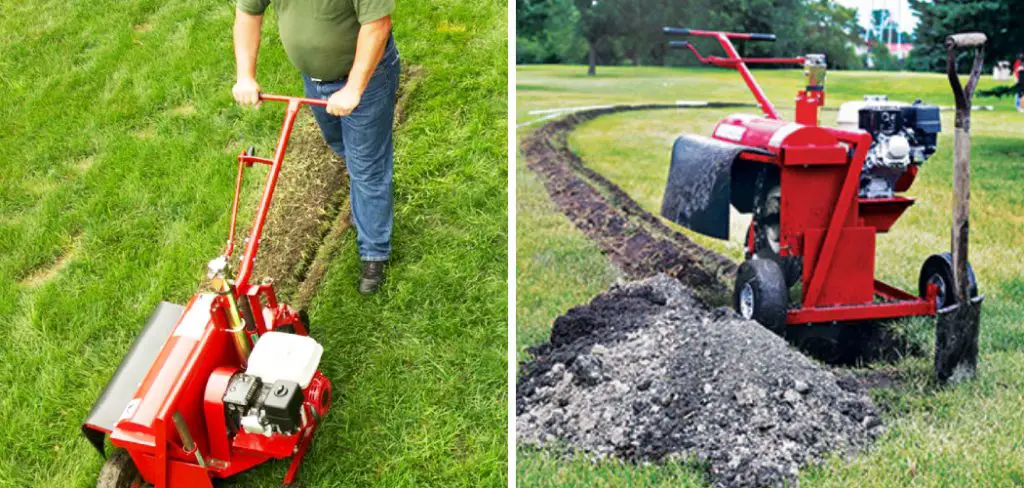
In this blog post, we will provide you with a step-by-step guide on how to dig trench for sprinkler system, so you can get your lawn irrigation system up and running in no time.
Can You Dig a Trench for the Sprinkler System?
It’s time to upgrade your lawn care routine by installing a sprinkler system, but the first step is digging a trench. Don’t let the thought of back-breaking labor keep you from enjoying the benefits of an easy-to-maintain yard. With the right tools and a bit of instruction, it’s possible for anyone to dig a trench for their sprinkler system.
Picture the satisfaction of standing on your lush lawn, watching your sprinklers do their job effortlessly. Take the first step towards a beautiful yard today and start digging.
Why Should You Dig Trench for Sprinkler System?
Are you tired of manually watering your lawn and garden? Installing a sprinkler system can make your life a lot easier. But it’s important to dig trenches before you start laying pipes and placing sprinkler heads. Why? Well, trenches provide a path for the pipes and wires that power your sprinkler system- and keep them protected.
These components are exposed to the elements without a trench and could easily be damaged by roots, rocks, or passing feet. Additionally, digging a trench makes it easier to properly level your yard. When the sprinkler heads are level with the rest of your landscape, they can more evenly distribute water – and save you money on water bills.
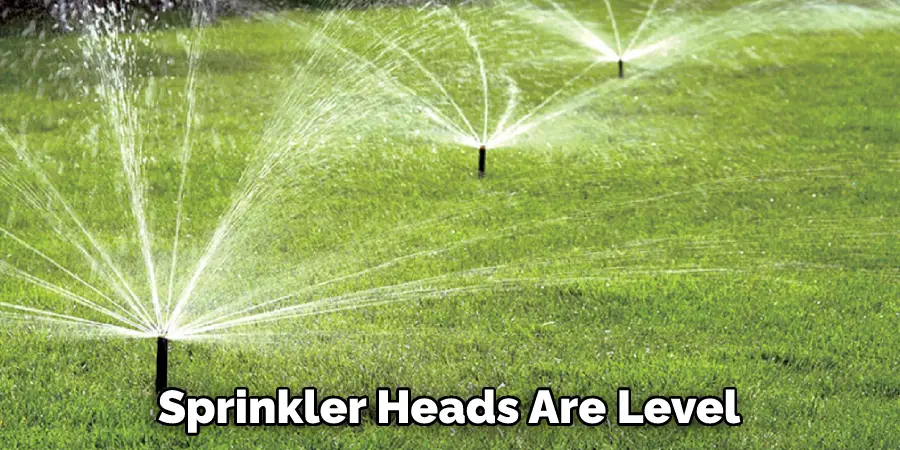
So while digging a trench might be more time-consuming upfront, it’s a necessary step for building a functional, long-lasting sprinkler system.
7 Steps to Follow on How to Dig Trench for Sprinkler System
Step 1: Plan Your Trench
The first step in digging a trench for your sprinkler system is to plan where you want the irrigation pipes laid. This will depend on the size and shape of your lawn, as well as the location of your water source. Start with a detailed sketch of your lawn, noting the areas that need irrigation and where the sprinkler heads will be placed.
Step 2: Mark Your Trench
Once you have a plan in mind, mark out the area where your trench will be dug. Use a can of spray paint or flags to mark the edges of the trench, ensuring it is wide and deep enough to hold the pipes securely. Remember to mark the location of any obstacles, such as trees, rocks, and utility lines, so that your trench can navigate around them.
Step 3: Dig the Trench
To dig your trench, you can use a rented trench or a shovel and some elbow grease. The depth of your trench will depend on the type of pipe you are using, but as a general rule, it should be at least 6 inches deep and 4-6 inches wide. Start at one end of your marked area and work along the trench, ensuring the sides are straight and even.
Step 4: Lay the Pipes
Once your trench is dug, you can start laying your irrigation pipes. These should be placed in the trench according to the plan you created earlier, with the sprinkler heads positioned at the right distance and angle for optimal coverage. Be careful not to damage the pipes as you lay them, and use fittings and glue to secure them in place as needed.
Step 5: Cover the Trench and Test the System
Once your pipes are in place, cover the trench with soil and sod, making sure the surface is even and smooth. Turn on the system and check for leaks, ensuring the water flows evenly to all your sprinkler heads. Then sit back and enjoy your lush green lawn!
Step 6: Install a Backflow Preventer
Backflow preventers are an important part of any irrigation system, as they help protect your water supply from contamination. Ensure you install one at the end of your trench to keep your water safe and clear.
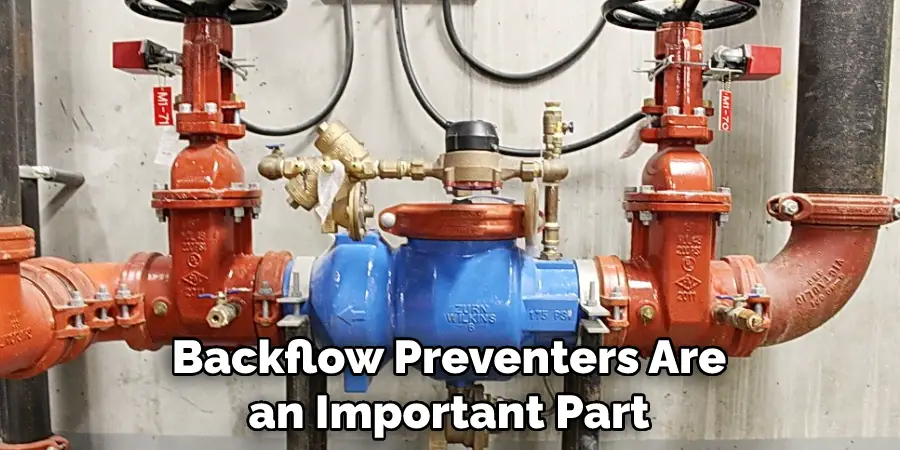
Step 7: Finish up With Maintenance
Finally, remember to perform regular maintenance on your sprinkler system. This can include checking for leaks, replacing broken or clogged parts, and adjusting the sprinklers to give you optimal coverage. With a bit of care and attention, your trench will keep your lawn looking beautiful for many years to come!
That’s it! You’ve now learned how to dig trench for sprinkler system. With some planning, hard work, and vigilance, you’ll be able to keep your lawn looking healthy and green all year round! Good luck!
5 Considerations Things When You Need to Dig Trench for a Sprinkler System
1. The Depth of the Trench
One of the most important considerations when digging a trench for a sprinkler system is the depth of the trench. The depth of the trench will determine how deep the roots of the plants will be able to grow, which can impact the health of the plants.
2. The Width of the Trench
The width of the trench will also affect the overall performance of the sprinkler system, as it will determine how much water can be delivered to each plant. Therefore, you should ensure that the trench is wide enough for your sprinkler system to function properly.
3. The Location of the Trench
When digging a trench for your sprinkler system, you should consider its location. You should dig the trench away from any buildings or structures that can interfere with the way that water flows through the system.
4. The Soil Type
The soil type you are digging the trench will also impact its effectiveness. If you are digging a trench in clay-based soil, you may need to use different tools and methods than those used when digging a trench in sandy or rocky soil.
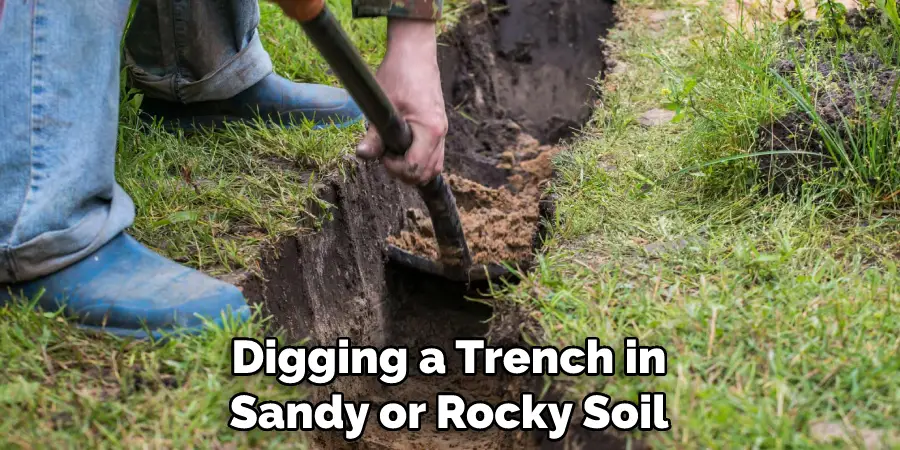
5. The Slope of the Trench
The slope of the trench is also an important consideration. When digging a trench for a sprinkler system, you should ensure that it slopes downward from the source of water so that it can be properly drained when the sprinkler system is in operation. This will help to prevent standing water and potential flooding in your yard.
These are just some of the considerations to keep in mind when digging a trench for your sprinkler system. If done correctly, you can ensure that your sprinkler system will operate effectively and efficiently. By following these tips, you’ll be able to get the most out of your sprinkler system and enjoy healthy plants for years to come.
5 Benefits of Dig Trench for Sprinkler System
1. Saves Water
One of the primary benefits of trenching for a sprinkler system is that it can save water. When properly dug irrigation trenches, they help ensure that water is distributed evenly throughout the root zone of plants. This even distribution helps reduce the amount of water lost to evaporation and runoff.
2. Reduces Plant Stress
Another benefit of trenching for a sprinkler system is that it can reduce plant stress. When plants are evenly watered, they are less likely to experience stress from drought conditions. This can help to improve plant health and increase crop yields.
3. Improves Soil Health
Trenching for a sprinkler system can also improve soil health. Trenches help to improve drainage and aeration in the soil by evenly distributing water throughout the root zone. This improved drainage and aeration can help to reduce compaction and improve root growth.
The improved drainage can also help leach out salts and other harmful chemicals that may build up in the soil over time.
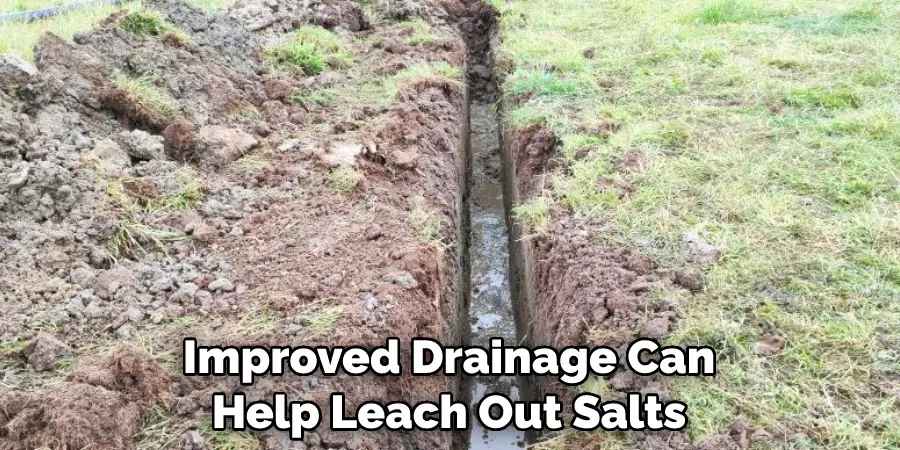
4. Reduces Weeds
Trenching for a sprinkler system can also help to reduce weeds. When properly dug irrigation trenches, they help ensure that water is only applied to the root zone of plants. This helps to prevent water from pooling on the surface of the soil, which can create ideal conditions for weed growth.
5. Increases Efficiency
Finally, trenching for a sprinkler system can increase efficiency. When properly dug irrigation trenches, they help ensure that water is applied directly to the root zone of plants. This helps reduce evaporation and runoff, saving water and money. Additionally, trenches can help to reduce the amount of time required to water plants, which can also save money and labor costs.
By properly trenching for a sprinkler system, homeowners and businesses can enjoy many benefits, including reduced plant stress, improved soil health, increased efficiency, and reduced weed growth. So don’t wait any longer – contact a professional to start the process of trenching your sprinkler system today!
4 Common Mistakes People Make When Trying to Dig Trench for Sprinkler System
1. Not Calling 811
One of the most common mistakes people make when trying to dig a trench for their sprinkler system is not calling 811. 811 is a free service that will come out and mark the location of any underground utilities in your yard so you can avoid hitting them when you dig. It’s important to call 811 at least 48 hours before you start digging, as it can take some time for them to come out and mark the utilities.
2. Not Digging the Trench Deep Enough
Another common mistake people make when digging a trench for their sprinkler system is not digging the trench deep enough. The trench must be at least 18 inches deep to accommodate the sprinkler heads and pipe. The sprinkler system will not work properly if the trench is not deep enough.
3. Not Sloping the Trench
Another common mistake people make when digging a trench for their sprinkler system is not sloping the trench. The trench needs to be sloped so that water can drain away from the house and not towards it. A good rule of thumb is to make the trench 1 inch deeper for every 10 feet away from the house.
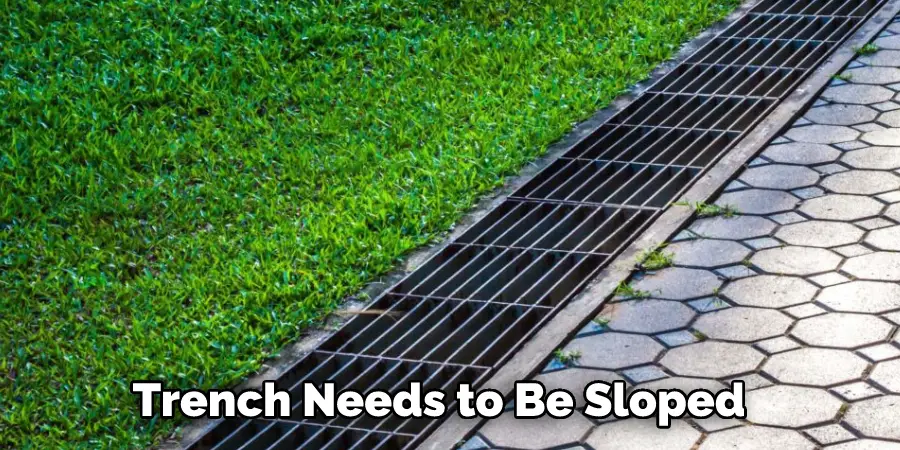
4. Not Filling in the Trench Properly
One final mistake people often make when digging a trench for their sprinkler system is not filling in the trench properly. It’s important to backfill the trench with soil that has been tamped down so that there are no air pockets. Otherwise, the pipe could become damaged or dislodged over time.
Conclusion
Digging a trench for a sprinkler system installation may sound like a daunting task, but with these simple steps, you can easily do it yourself. By properly planning your trench, marking it out accurately, digging it carefully, laying your pipes securely, and testing the system for leaks, you can ensure your lawn gets the right amount of water it needs to stay healthy and lush.
So, roll up your sleeves and start digging! Thanks for reading our post about how to dig trench for sprinkler system.

